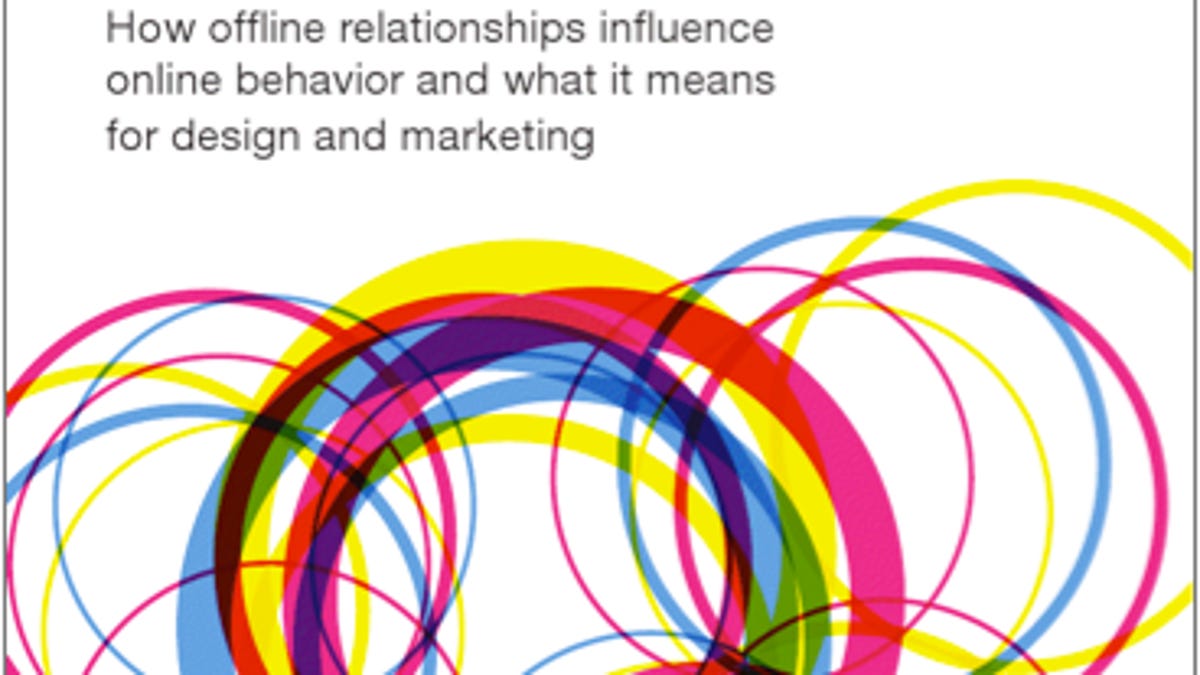Facebook exec: Google is blocking my book
Paul Adams, who described the idea behind the "circles" feature in Google+ before moving to Facebook, isn't happy that Google still seems to be blocking his book.

Last year, Paul Adams rose to prominence as the Google designer who detailed an idea for grouping social contacts that's now the core "circles" feature of Google+.
Since January, though, Adams has been working for Google's social-network rival Facebook, and he's not happy that Google blocked a book called Social Circles he'd written on the subject.
Yesterday--two weeks after Google+ launched--Adams described why he left Google for Facebook. It wasn't because of the book, though.
The main reason I left was that there was an opportunity at Facebook that I felt I couldn't turn down...Having said that, there were other factors that made my decision to leave for a competitor easier. Google is an engineering company, and as a researcher or designer, it's very difficult to have your voice heard at a strategic level. Ultimately I felt that although my research formed a cornerstone of the Google social strategy, and I had correctly predicted how other products in the market would play out, I wasn't being listened to when it came to executing that strategy. My peers listened intently, but persuading the leadership was a losing battle. Google values technology, not social science. I also moved because the culture had changed dramatically in the few years I was at Google. It became much more bureaucratic and political.
But the book clearly is a sore point. "Google blocked me from publishing my book," Adams said flatly.
Google had given him permission to publish both his 224-page slide deck about social groups and the book, he said. But when leaks appeared about the Emerald Sea project that later became Google+, Google in July 2010 "verbally rescinded permission to publish, and blocked me from publishing until after Google+ launched."
Fair enough--last year. But it seems as if things have changed now, Adams said:
I understood and respected their decision at the time. However, they continue to block it. Now that Google+ has launched, I honestly can't see why they don't respond to my e-mails requesting permission to publish. The book contains no proprietary information, it is based almost entirely on research from third parties (mostly universities) and any Google research referenced is already in the public domain.
Google declined to comment for this story.
Adams' circles idea was a response to the social network limitations that prevailed last year.
"The problem is that the social networks we're creating online don't match the social networks we already have offline," he said in his presentation. He gave an example of an actual person named Debbie. She didn't realize that comments she'd been leaving on photos of her friends who work at a gay bar were visible to the 10-year-old children in her competitive swimming classes.
"These are different parts of Debbie's life that never would have been exposed to each other offline," Adams said.
Circles deal with this situation directly, and they're central to how Google+ works. You can add others to circles for family, friends, coworkers, neighbors, classmates, or whatever other categories are desired. You can share a Google+ post with specific circles or publicly. Adding a person to a circle doesn't require their permission, making Google+ similar to Twitter in this regard. You're the only person who knows which people are your circles.
At the time Adams released his presentation, Facebook was an all-or-nothing affair--people were on your friends list or they weren't. Last October, though, Facebook introduced a new groups feature that let people communicate only with various subsets of their friends. The feature isn't as obvious as Google's circles, though.
Adams isn't working on Facebook groups, though. Instead, he's pursuing another interest: the intersection of social networking and advertising. He started as a researcher but now oversees Facebook's user-facing advertising products.
"I believe that the Web is being fundamentally rebuilt around people and the world of advertising will fundamentally change because of the emergence of the social Web," he said. "I want to be part of creating that change, and the best place to do that is at Facebook."
Updated 8:58 a.m. PT with Google no-comment.

